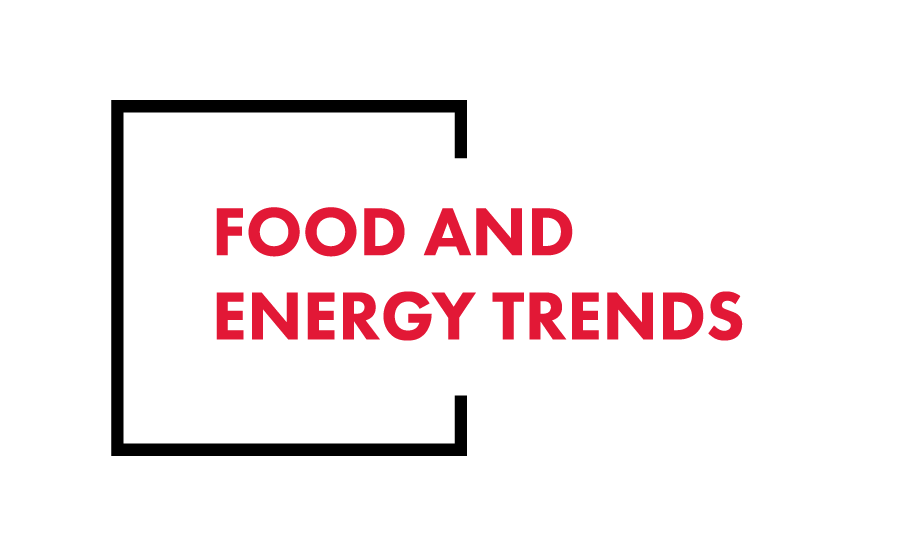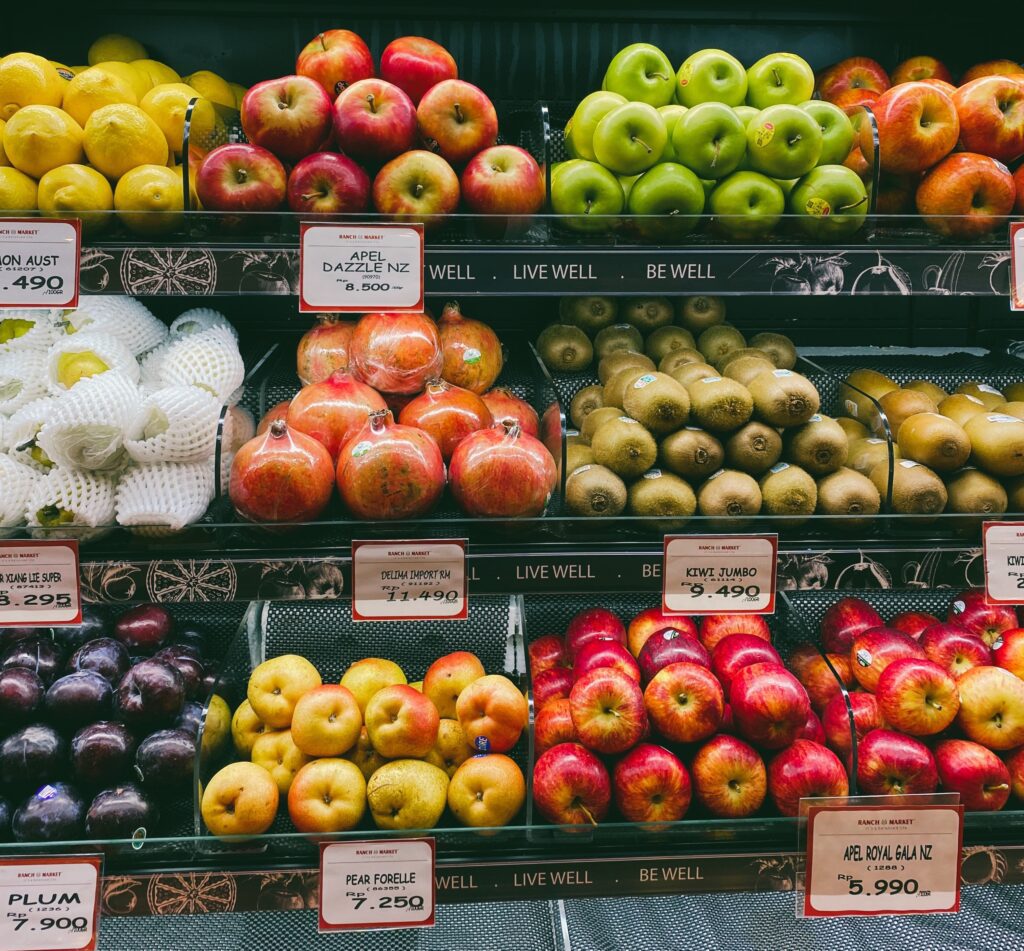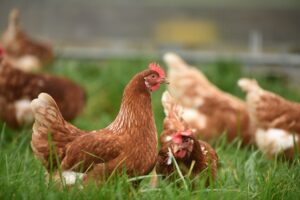Grocery bills may finally start coming down as March food prices increased at a slower rate than any month in the last year. Food inflation reached a record high in August 2022, at 11.4%. This month is the first drop in food prices since September 2020. March showed an inflation rate of 8.5%, a full percentage point drop from February.
Still, core inflation, which excludes food and energy prices, remains high, at 5.6%. The Bureau of Labor Statistics distinguished between groceries and food away from home. Costs for food away from home have increased now that the coronavirus pandemic has largely subsided, and people are going out to eat and spending more on services.
Certain items have hit consumers hard in the last year. The so-called “eggflation” saw skyrocketing prices, which hit a peak this past December at over $5 per dozen. Reports show that egg prices decreased 10.9% in March from February. The avian flu outbreak contributed to high prices, as it caused a depopulation of 40 million egg-laying hens, or 15% of overall production in 2022. Now that avian flu cases have leveled out, so have egg prices. However, grocery costs are still __% higher than they were a year ago.
Reasons Behind Higher Costs
Energy prices spiked following Russia’s invasion of Ukraine and subsequent sanctions, which caused transportation costs to increase. Labor shortages caused by job market shocks following the coronavirus pandemic, and higher grain feed prices led to higher overall food prices. Some categories were hit harder than others. Manufactured foods saw steep increases due to production cycle and supply chain issues. Some experts suspect a degree of price-gouging among corporate leaders, who take advantage of higher prices to increase personal profits.
Recent flooding in California, a state that produces “over a third of the country’s vegetables and three-quarters of the country’s fruits and nuts,” may cause another price spike. Vegetables and tree nuts are expected to be disproportionately impacted.
Overall, food prices are controlled by a combination of factors, from climate change and disease outbreaks among livestock to wars and trade disputes. Continued volatility is expected, but consumers are showing resilience, buying their own hens and starting small gardens to supplement their food stores. The Federal Reserve has raised interest rates to tackle inflation, and though the recent inflation report shows a possible leveling out, the strength of the economy and overall higher prices may continue to wallop consumers at the supermarket.














